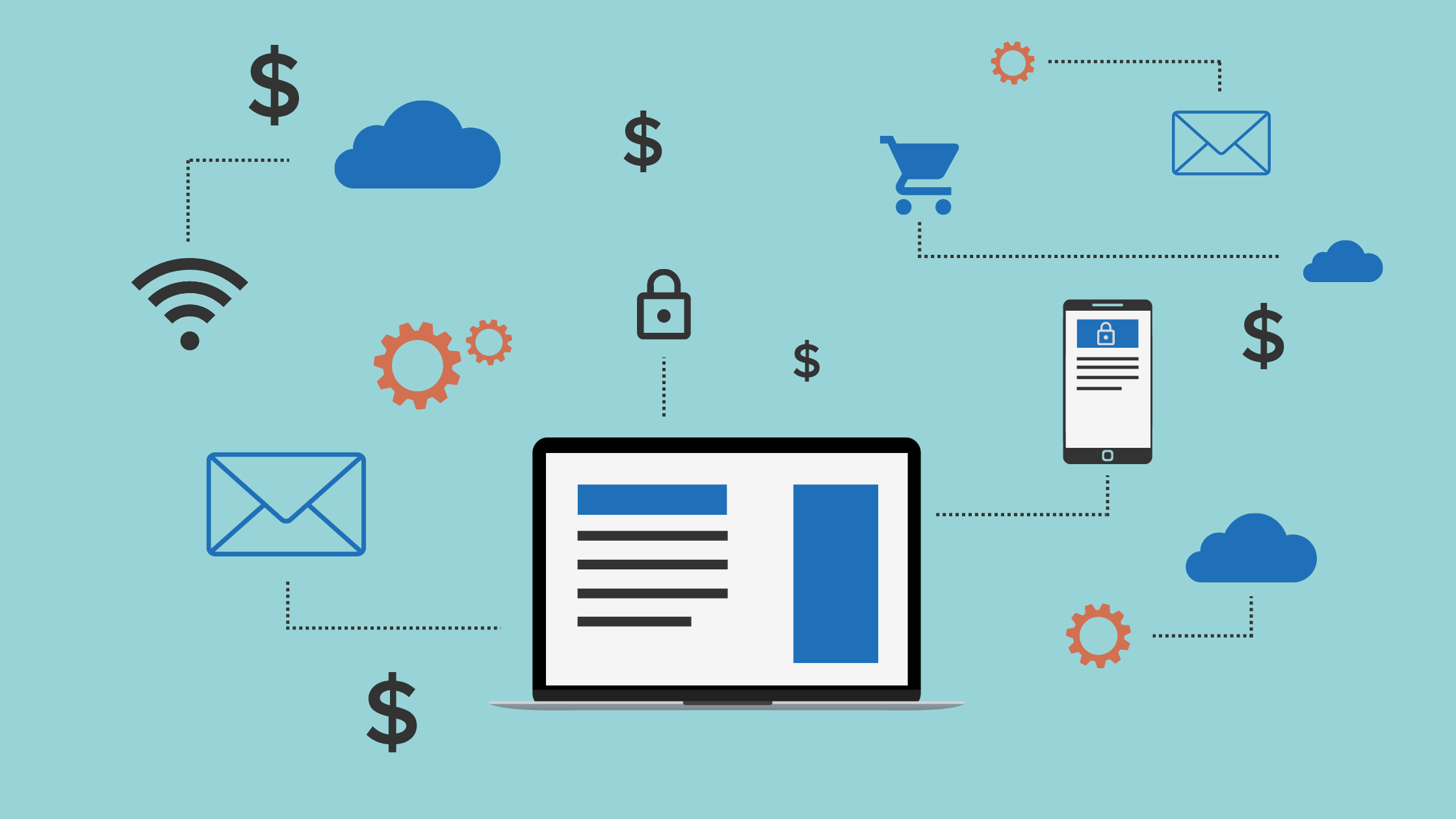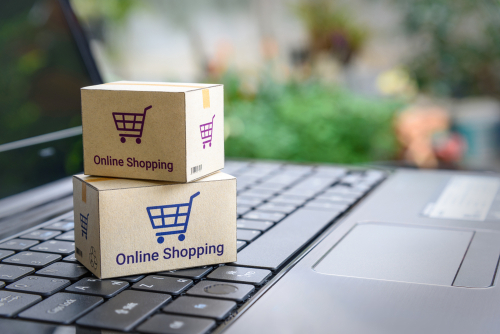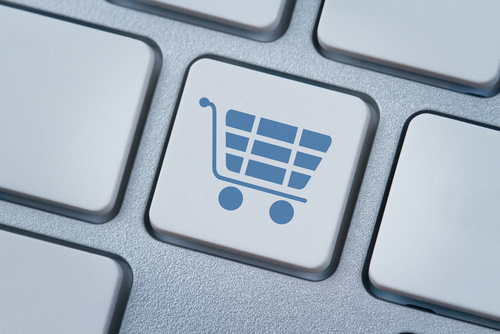You already know the importance of having modern conveniences. However, you also want an easy change for your customers. One big shift among vending and OCS Operators is moving their customers to online ordering platforms. But it’s not always easy to make the change. So, let’s talk about some of the things you can do to make the process easier — for both you and your customers! Below, we will answer all the questions you might be asking.
Will the customer be OK with it?
Before making the switch, talk to your customers. Ask them about their comfort levels with online ordering. Then, provide any assistance where it is needed. Some customers may readily embrace the change, while others may need more guidance. They need to know you have their back — and their breakroom!
Will I lose sales?
It’s natural to consider the state of your sales. But with the right approach, online ordering can increase sales. Yes, it’s true! It’s common to see an increase of 20-25% in sales. By using a platform that features popular brands and new products and is easy to use, you can gain new loyal customers and increase sales. Plus, automated reminders can also help with consistent orders.
How do I do it?

Moving customers to an online ordering platform involves a structured approach:
- Determine which customers to invite and inform them about the new change.
- Give them information that is customized to their needs.
- Set up a delivery schedule to keep it going.
- Send an introductory email providing the customers their unique login credentials and basic instructions.
- Follow up to make sure they have a positive experience.
- Address any concerns along the way.
Working with Supply Wizards makes the switch even easier. We handle adding customers, products, product images, and customized lists to the platform as well as helping with introductory emails and support.
Benefits of Online Ordering
Online ordering has many benefits for both operators and customers. For one, it makes ordering office coffee products, office pantry refreshments and water filtration supplies easy. It also helps you offer a wide range of products to your customers. The best part? It’s super convenient to manage office coffee orders, and more any time, anywhere. With the right platform, you can improve customer satisfaction and increase sales.
Why Work With Us?
At Supply Wizards, we understand the challenge of moving from a traditional service to online ordering. But our platform is made to simplify business operations for Vending and OCS Operators like you. With customizable flyers, automated reminders, and full support, we will make sure you have a smooth transition. And we’ll do this while maximizing your sales potential. Ready to get started? Contact us today to learn more!

















